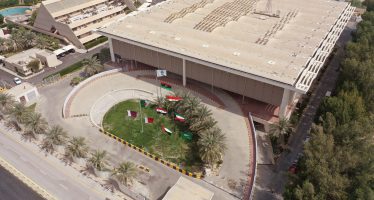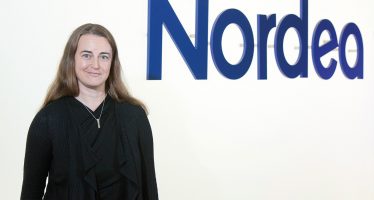Full Steam Ahead: MTR Boss Jacob Kam Chak-pui Puts Company Right on Track
When Jacob Kam Chak-pui joined MTR Corporation in 1995, the company operated three railway lines serving the major population centres of Hong Kong.

CEO: Jacob Kam Chak-pui
The total length of the route was around 40 km. Over the course of his career, Kam has seen the MTR rail network reach more than 270km, covering all 18 districts in Hong Kong and including a high-speed rail connection to mainland China.
The company has also expanded — it now has operations in London, Melbourne, Sydney, Stockholm, Shenzhen, Beijing, Hangzhou, and Macao. Add all those up and you have a combined route length of over 3,300km.
Kam has guided this impressive growth story from various positions. He joined the company as a safety specialist, and held management posts in operations, projects, and the Mainland China and International Business divisions. Before his appointment as chief executive in 2019, he served as operations director from 2011-2016 and managing director of operations and Mainland business from 2016 to 2019.
Looking back, he says the Airport Railway project in the 1990s played a pivotal role in the company’s development. The new service almost doubled MTR’s route length and demonstrated how a railway can build a city. “Building above and around the stations on this line, we expanded Hong Kong’s CBD, we also extended the CBD across the harbour to Kowloon,” he said. “We redeveloped and revitalised several areas in the western part of Kowloon, and we brought the line to Lantau to serve the new airport that was built there.”
The line also went to the new town of Tung Chung, a former fishing village. With the rail connection, Tung Chung was able to grow and accommodate up to 300,000 residents.
Therein lies the secret of MTR’s success. It builds and operates railway lines to world-class standards, and creates attractive communities that contribute to city development. The company calls this the “Rail plus Property” (R+P) business model — and with network expansion since the Airport Railway project, R+P has contributed to Hong Kong’s growth.
Under the R+P model, property development supports railway construction as well as upgrades and renewal of infrastructure and assets. In a nutshell, it has kept the company profitable since it was listed on the Hong Kong Stock Exchange in 2000 (apart from a loss in 2020 after the outbreak of Covid-19).
MTR returned to profit despite the continuing pandemic, once again proving how railway funding has given the company financial stability. MTR has ridden out the challenges hand-in-hand with the community, offering a fare reduction and extending a special rebate of 3.8 percent until the start of 2023. And it has continued to invest in rail and introduce new technologies.
Kam believes the benefits of R+P are greater than a simple funding model. “R+P forces railway development to be city-friendly,” he says. “For our projects to succeed, we have to be more concerned about ensuring their smooth integration with the surrounding areas rather than just building a railway.”
MTR’s stated mission is to Keep Cities Moving. “That is not only about mobility, but also about advancing and progressing as a city.”
You may have an interest in also reading…
The Arab Petroleum Investments Corporation (APICORP): At the Heart of the Arab Oil-Producing World
The Arab Petroleum Investments Corporation (APICORP) is a multilateral development financial institution whose shareholders are the 10 Arab oil exporting
Nordea Life Assurance Finland: Maintaining Focus on Key Issues Takes Assurance Company to a Winning Position
Nordea is thrilled to have been recognised for its continuous efforts for achieving exceptional customer experiences through operational excellence. Nordea
Norvestor: Leading the Charge in Sustainable Private Equity Transformation
The Green Transition is unstoppable and unavoidable; this Nordic company embraces the challenges. Private equity firms are crucial to future-proofing



















































































